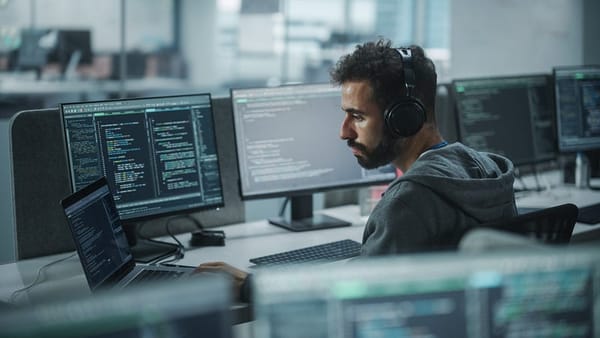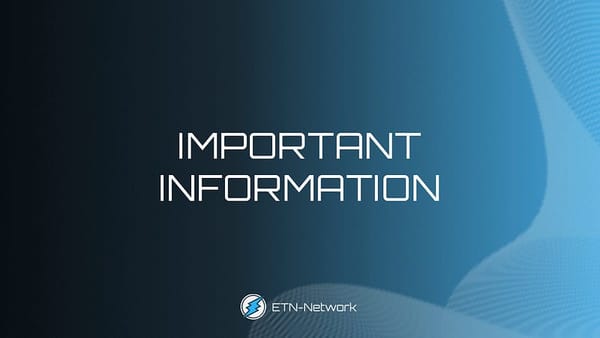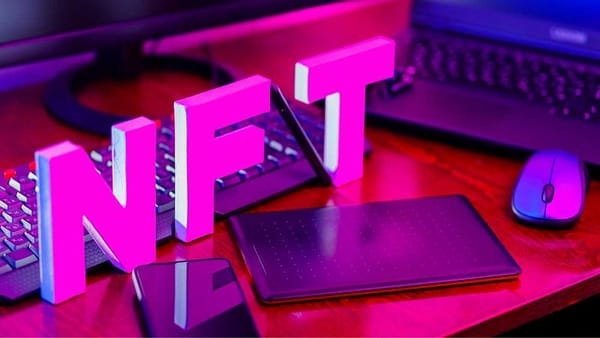Have you ever heard of non-fungible tokens? What are NFTs?
NFTs are digital collectibles that are minted on the blockchain. They’ve been around since 2014 but began gaining significant popularity…
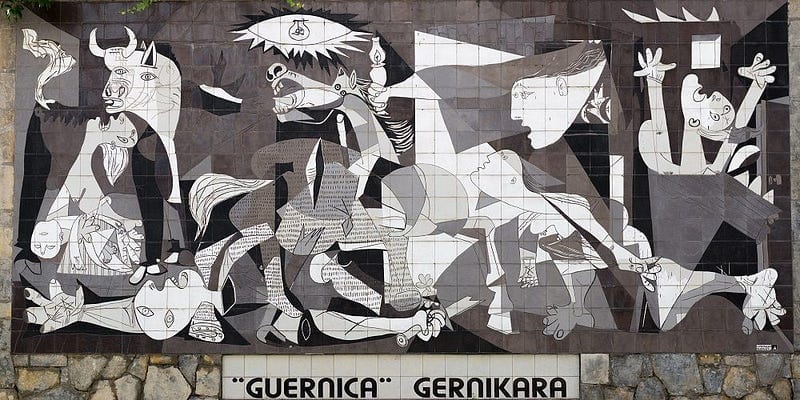
NFTs are digital collectibles that are minted on the blockchain. They’ve been around since 2014 but began gaining significant popularity last year and in 2021, they’ve been referred to as the fastest-growing asset.

Non-fungible tokens (NFTs), as the name states, are assets that are not readily interchangeable. In economics, fungible assets are exchangeable with each other. That means that with money, for instance, you can change a £10 bill (British currency) for two £5 notes. They have the same value.
Let’s explain it from a technological perspective. NFTs exist on the blockchain, just like cryptocurrencies. However, unlike crypto, NFTs are not interchangeable. What does this mean? Okay, let’s take bitcoin. You can change one BTC for another because they are of equal value. The same goes for any other crypto.
However, with NFTs, that’s not possible. NFTs have value but are not interchangeable unless of course, you find two that have the exact same price and the owners are willing to swap them amongst themselves. Generally, however, they can be sold but not swapped because they have unique properties. Non-fungible assets could come in the form of a house, a vehicle, a painting, such as a Rembrandt or a Picasso.
As with paintings and properties, NFTs are one-of-a-kind. Sure, there are photos, postcards, and posters of many famous paintings, but there will only ever be one original painting.
So, as with artwork and properties and so on, NFTs are also one of a kind, although the difference is they have no tangible form of their own. However, NFTs can be seen as certificates of ownership for virtual or physical assets.
The original NFT creator may mint several duplicates of a single NFT on the blockchain, but each one of those will have a unique identifier, very similar to how lithographs work in the physical art world which is numbered from one to how many ever they print.

Bridging the physical with the virtual
Let’s recap: Traditional works of art are valuable because they are unique, while digital files can easily and endlessly be duplicated. Of course, as we have previously said, so can artwork in the form of photos, postcards, posters, and so on.
Artwork can and is being tokenised, but so can properties and other collectibles. What that means is that practically anybody can invest in tokenised artwork or properties with a minimal investment.
Real estate developers or administrators tokenise property to gain access to additional amounts of capital by fractionalising a property on the blockchain. Do you want a perfect example of this: Bahnhofstrasse 52 in Zurich is a building in of the most upmarket shopping streets in the world.
Zug-based real estate investment firm BrickMark tokenised the building on the blockchain, which means anybody can buy a slice of that property worth about $130 million. Last year, a corporate-led by Blockimmo also converted a Swiss building into digital shares.
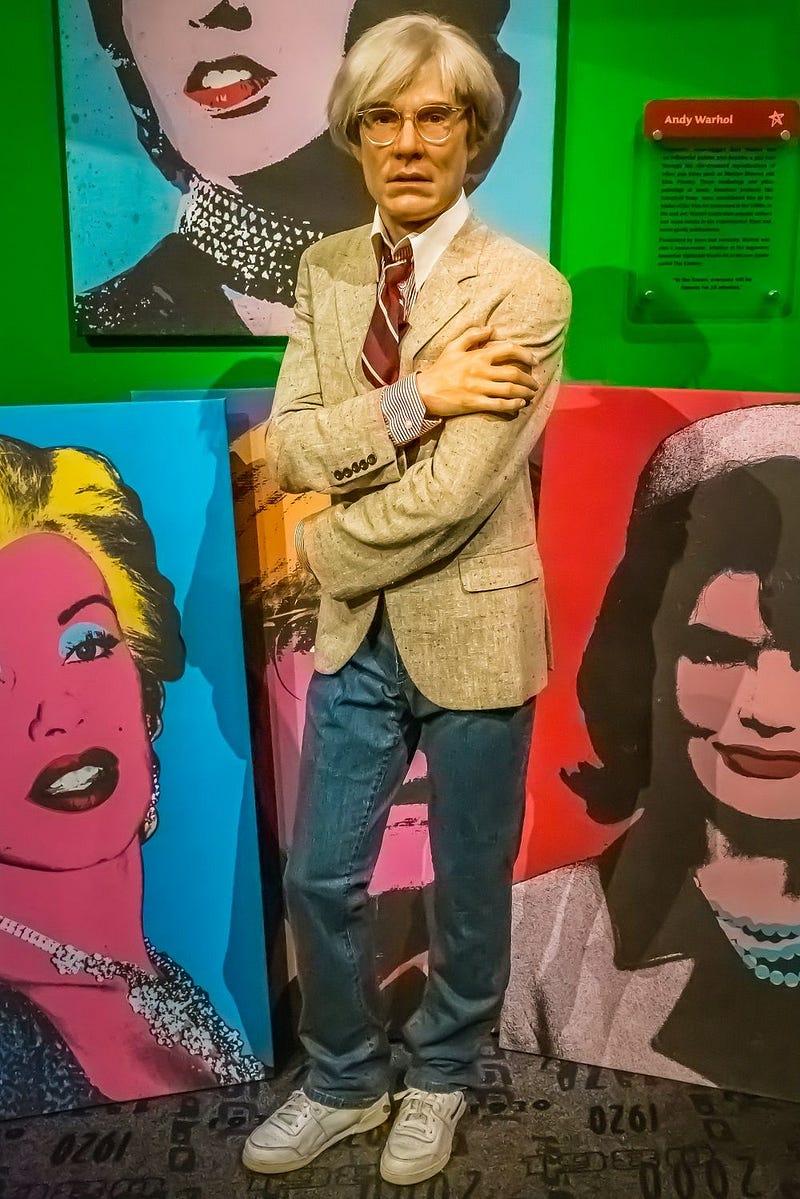
How about tokenised artwork? In September 2015, Andy Warhol’s $5.6 million (approx.) painting entitled “14 Small Electric Chairs” was tokenised on the Ethereum blockchain, enabling buyers to purchase portions or fractions of the artwork using ETH, BTC, or Maecenas.
But how do NFTs work?
Well, exactly like cryptocurrency in that they are on the blockchain, which means a record of who owns them is stored on a shared ledger network, which could be Cardano, Ethereum, and Wax, to mention a few.
As with cryptocurrency records, NFTs’ cannot be forged either because the ledger is maintained and verified by thousands of computers or nodes worldwide. Smart contracts can also be built into NFTs, enabling artists, for example, a share of any future sale of the token.
Other explanations of what NFTs are
“An NFT is a digital asset that represents a real-world object like, for example, the Charlie Bit My Finger video. NFTs are bought and sold online, frequently with cryptocurrency, and are generally encoded with the same underlying software as many cryptocurrencies,” says Forbes.
“Because an NFT allows the buyer to own the original item. Not only that, it contains built-in authentication, which serves as proof of ownership. Collectors value those ‘digital bragging rights’ almost more than the item itself,” adds the mainstream media outlet.
Forbes goes on to explain that NFTs are mainly created using the same type of programming as crypto, in other words, just like Bitcoin or Ethereum. However, Forbes says, “each has a digital signature that makes it impossible for NFTs to be exchanged for or equal to one another (hence, non-fungible). Charlie Bit My Finger, for example, is not equal to EVERYDAYS simply because they’re both NFTs.”
The Binance Academy explains that “a non-fungible token (NFT) is a type of cryptographic token representing a unique asset. NFTs are tokenised versions of digital or real-world assets. They function as verifiable proofs of authenticity and ownership within a blockchain network.” It adds that NFTs introduce scarcity to the digital world.

They also explain that “NFTs can be used by decentralized applications (DApps) to allow for the creation and ownership of unique digital items and collectibles. NFTs have the potential to be one of the key components of a new blockchain-powered digital economy. They could be used in many different fields, such as video games, digital identity, licensing, certificates, or fine art.”
The most popular use of NFTs
NFTs have been around since 2014 but have recently gained popularity[RP1] because they have become an increasingly trendy way to commercialise art and collectibles, mainly trading cards. Yes, trading cards such as those football or baseball or even Pokemon cards that many of us traded when we were younger. Honestly, some of us continue to trade them and pay top cash for them.


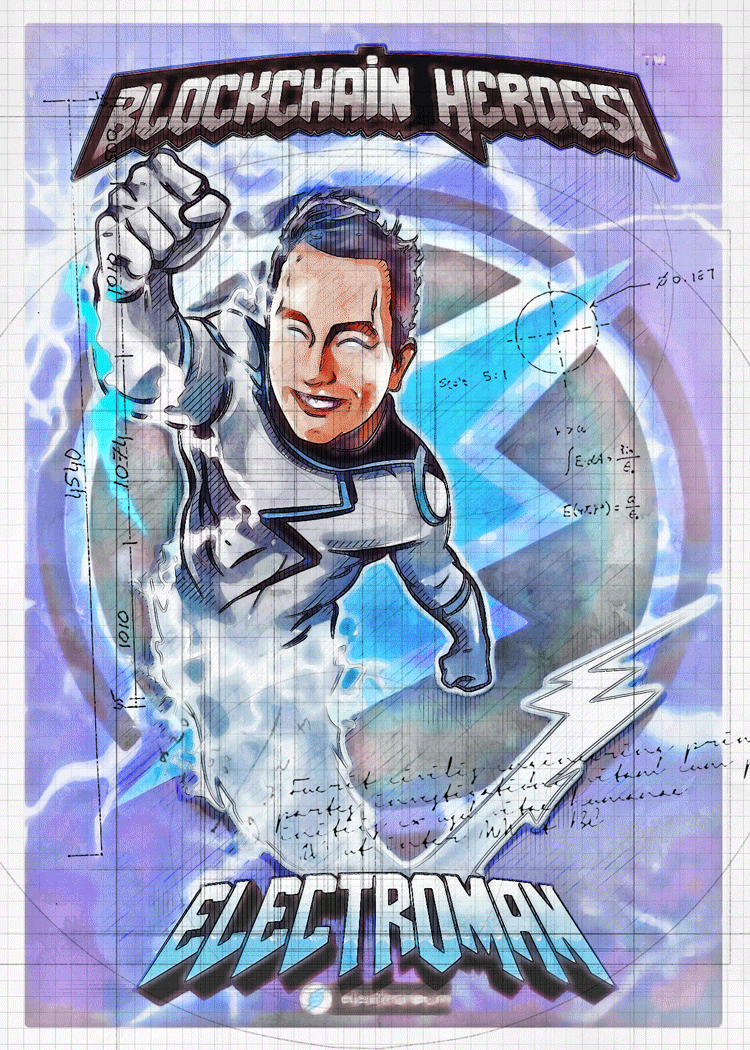
“Unlike traditional collectible trading cards, items created on the blockchain (such as NFTs) provide important benefits,” Blockchain Heroes Co-Founder Joel Comm told ETN-Network. “These advantages include transparent sales and trading history, immutable ownership records, provable scarcity, and unique minting identification numbers with each card.”
READ: The 43 most expensive (physical) trading cards
NFTs are created or “minted” from digital objects representing physical and virtual items, including artwork, GIFs, videos and sports highlights, collectibles as we have already said, virtual avatars and video game skins, designer sneakers, music, and the list goes on.
And yes, even tweets. Twitter Co-Founder Jack Dorsey sold his first-ever tweet as an NFT for nearly $3 million, as CNBC reported on 24 March.
NFT digital cards
NFT collectible cards are basically a digital version of traditional trading cards, such as the baseball and football players’ cards worth millions of dollars in mint condition. According to an ESPN article, a 1952 Mickey Mantle card when for $5.2 million. Mantle played for the Yankees his entire baseball career from 1951 to 1968.
READ: The History of Non-Fungible Tokens


An article by Blockchaingamer dated 25 January 2021 has a list of the most expensive NFT cards to date. Cryptopunk’s Alien #2890 NFT card sold for just under $762,000 on 23 January 2021. That is especially meaningful when noting that NFTs first appeared three years ago. Cryptokitties, one of the world’s first blockchain games with over 1.5 million users, is credited with taking NFTs to the mainstream.
NFT artwork
NFTs help solve a long-standing problem with scarcity in digital art. While there’s fake art in the real world, too, experts can authenticate them. As Binance Academy explains, NFT artwork gets most of its value from verifying its authenticity and ownership digitally.
“While anyone can look at a CryptoPunk on the Ethereum blockchain and download or save the image, we can’t prove we own the original.” That is unless you are and hold that digital certificate of ownership, which means you do not require an expert for authentication purposes.
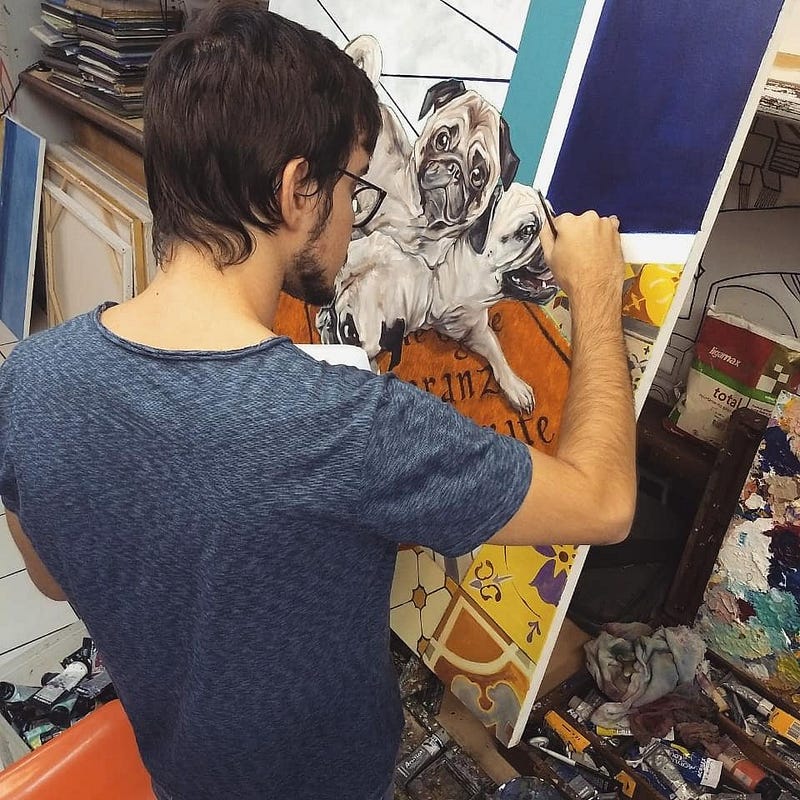
“When it comes to NFTs, the value isn’t necessarily about the attached artwork. Sometimes, what is more important is proving ownership of that particular asset. This aspect is what makes crypto art one of the most popular NFT use cases out there,” says Binance Academy.
NFTs and the AnyTask™ Platform
When it comes to online NFT artists, the AnyTask™ Platform arguably has the lead as a global freelance platform, one that a few other competing websites followed.
READ: Meet Neto Robatto, a very talented AnyTask.com NFT artist from Brazil
In a very short time since introducing its NFT freelance category, AnyTask.com artists have spoken of the impact it’s had on their lives. And various, particularly Neto Robatto, Ayomee, and Khezzey, have done some fantastic work, so if you (reader) or anybody you know needs an amazing NFT, visit AnyTask™ Platform’s NFT category and get yours done now.
Originally published at https://news.electroneum.com on July 27, 2021.

